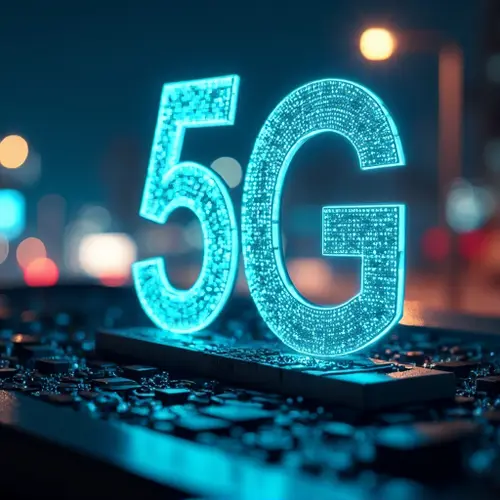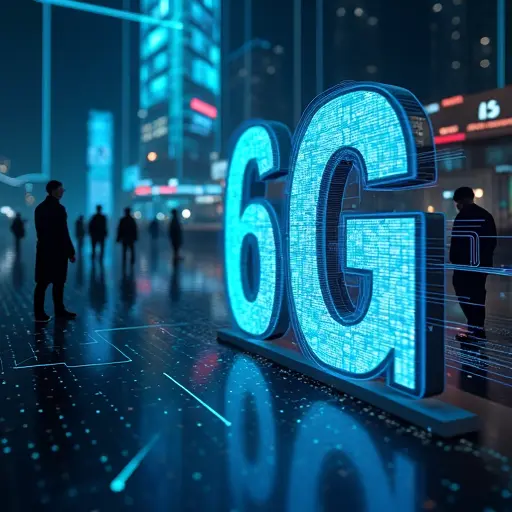Surgeons in Europe have performed remote surgery using robotic arms controlled across borders via 5G networks. The ultra-low latency technology enables real-time precision operations, potentially revolutionizing access to specialized care. While promising, challenges around cost, security, and regulations remain.

Robotic Arms Controlled Across Countries with Ultra-Low Latency
In a groundbreaking medical achievement, European surgeons have successfully performed remote surgery using robotic arms controlled across national borders through 5G networks. The procedure, conducted in June 2025, marks a significant advancement in telesurgery technology, leveraging ultra-low latency connections that enable real-time precision.
How the 5G Surgery Works
Surgeons in Germany operated on a patient in France using specialized robotic systems connected via high-speed 5G infrastructure. The technology maintains latency below 10 milliseconds - faster than human neural response times - allowing surgeons to feel as if they're physically present in the operating room. Robotic arms precisely replicate the surgeon's hand movements while 3D imaging provides real-time visual feedback.
Medical Breakthrough with Global Implications
This procedure builds upon the legacy of 2001's Operation Lindbergh but eliminates the need for dedicated fiber-optic lines. Public 5G networks now provide sufficient reliability for complex operations. "This changes everything," said Dr. Lena Fischer, who led the surgical team. "Specialists can now treat critical patients anywhere in Europe without travel delays."
The technology promises to revolutionize healthcare in remote areas and during emergencies. During recent trials, surgeons have successfully performed appendectomies, gallbladder removals, and tumor resections across distances exceeding 500km.
Technical and Regulatory Challenges
While the achievement demonstrates 5G's medical potential, challenges remain. Network security protocols must prevent hacking vulnerabilities, and cross-border medical licensing requires new EU legislation. Equipment costs remain high, with robotic systems averaging €1 million, though prices are expected to decrease as adoption grows.
The European Innovation Council has prioritized medical 5G applications in its 2025 Work Programme, with further trials planned in Sweden and Italy later this year.

 Nederlands
Nederlands
 English
English
 Français
Français
 Deutsch
Deutsch
 Español
Español
 Português
Português









